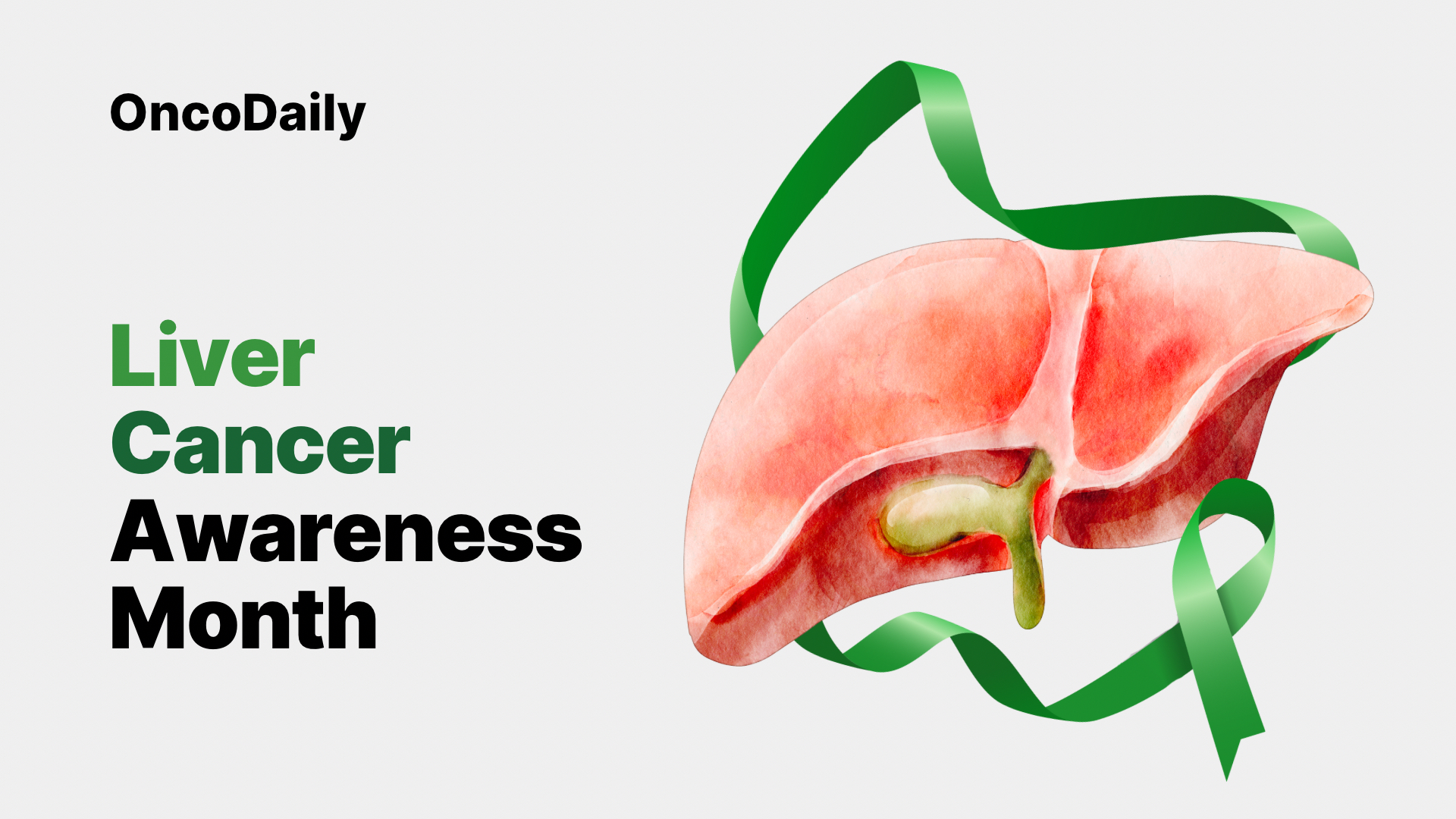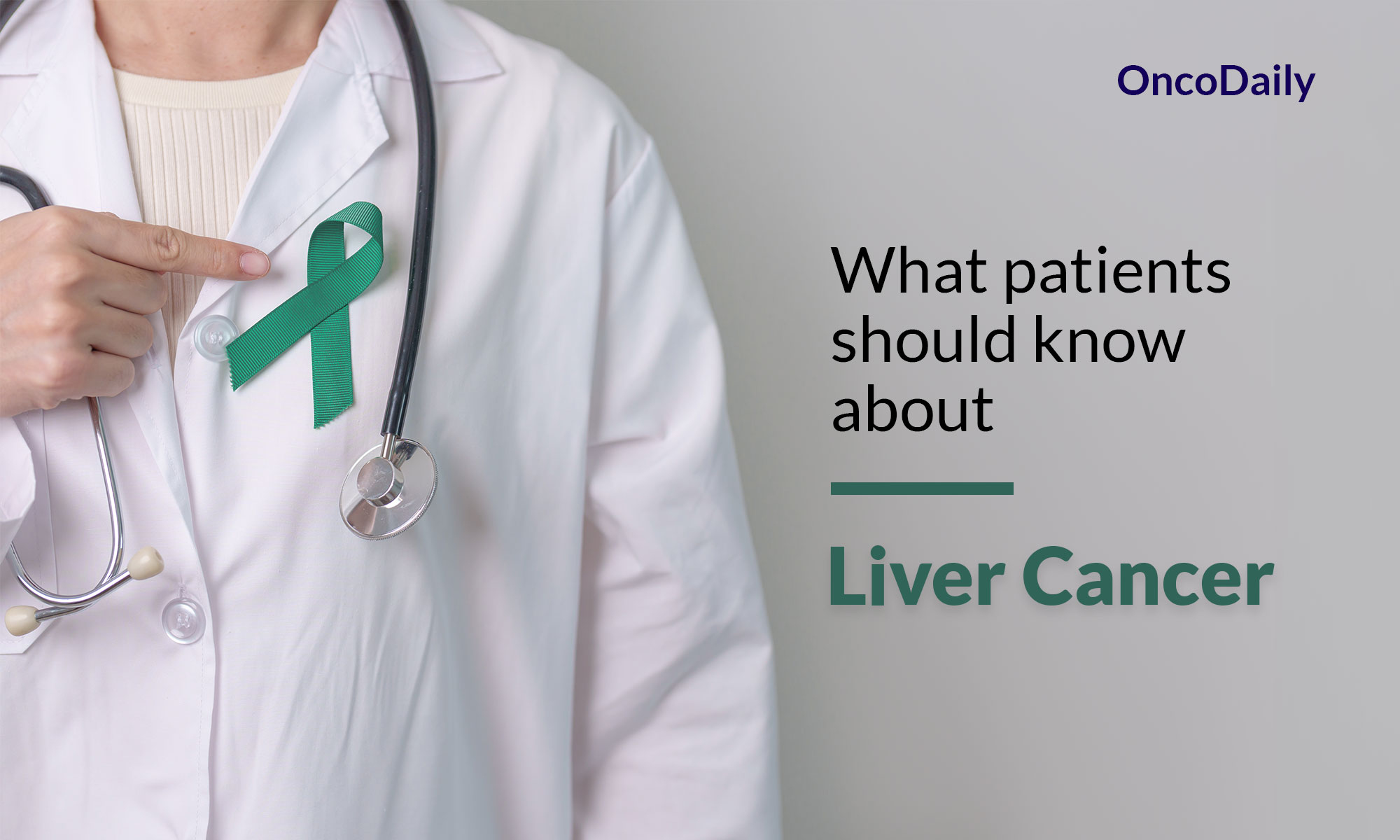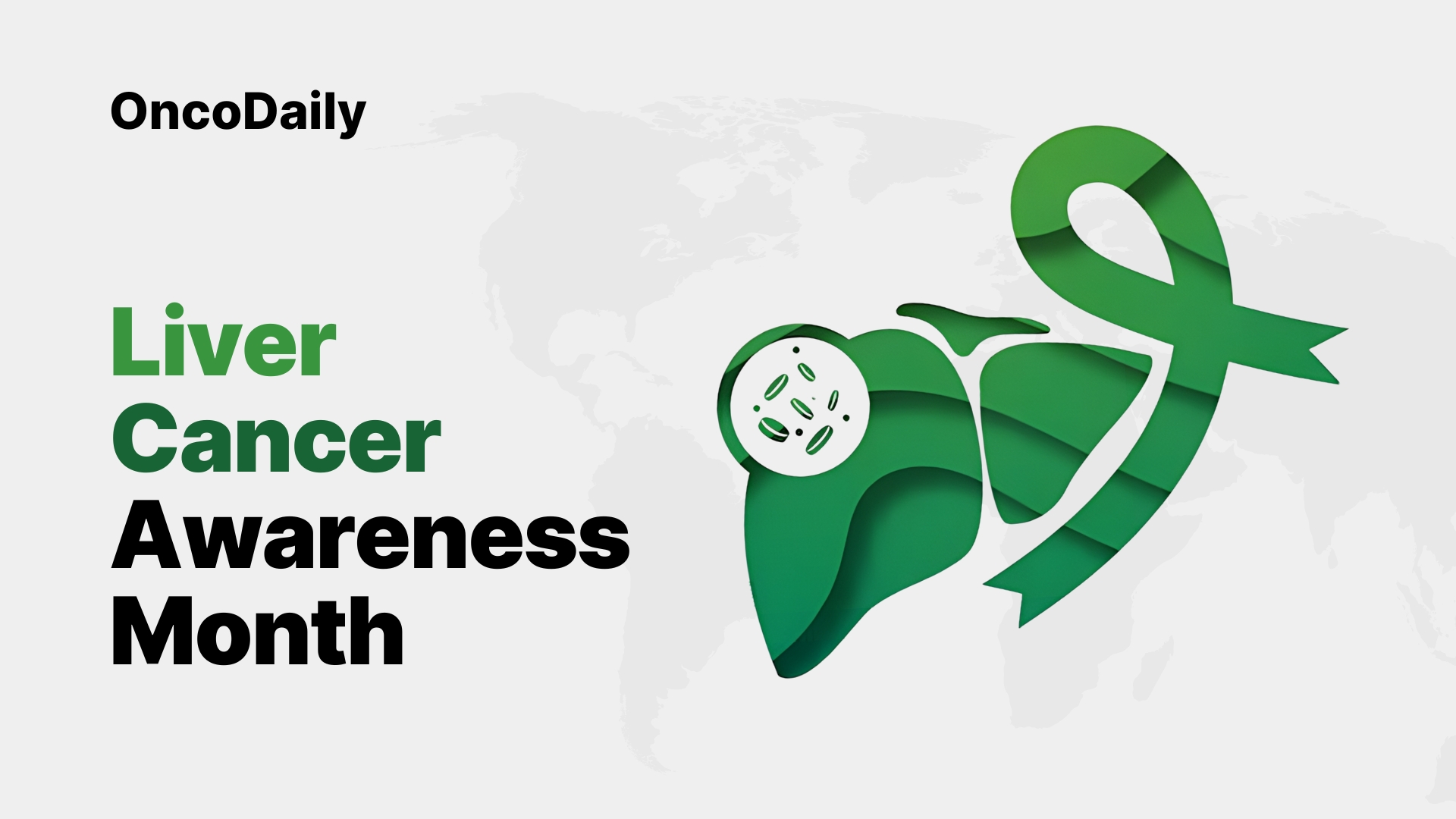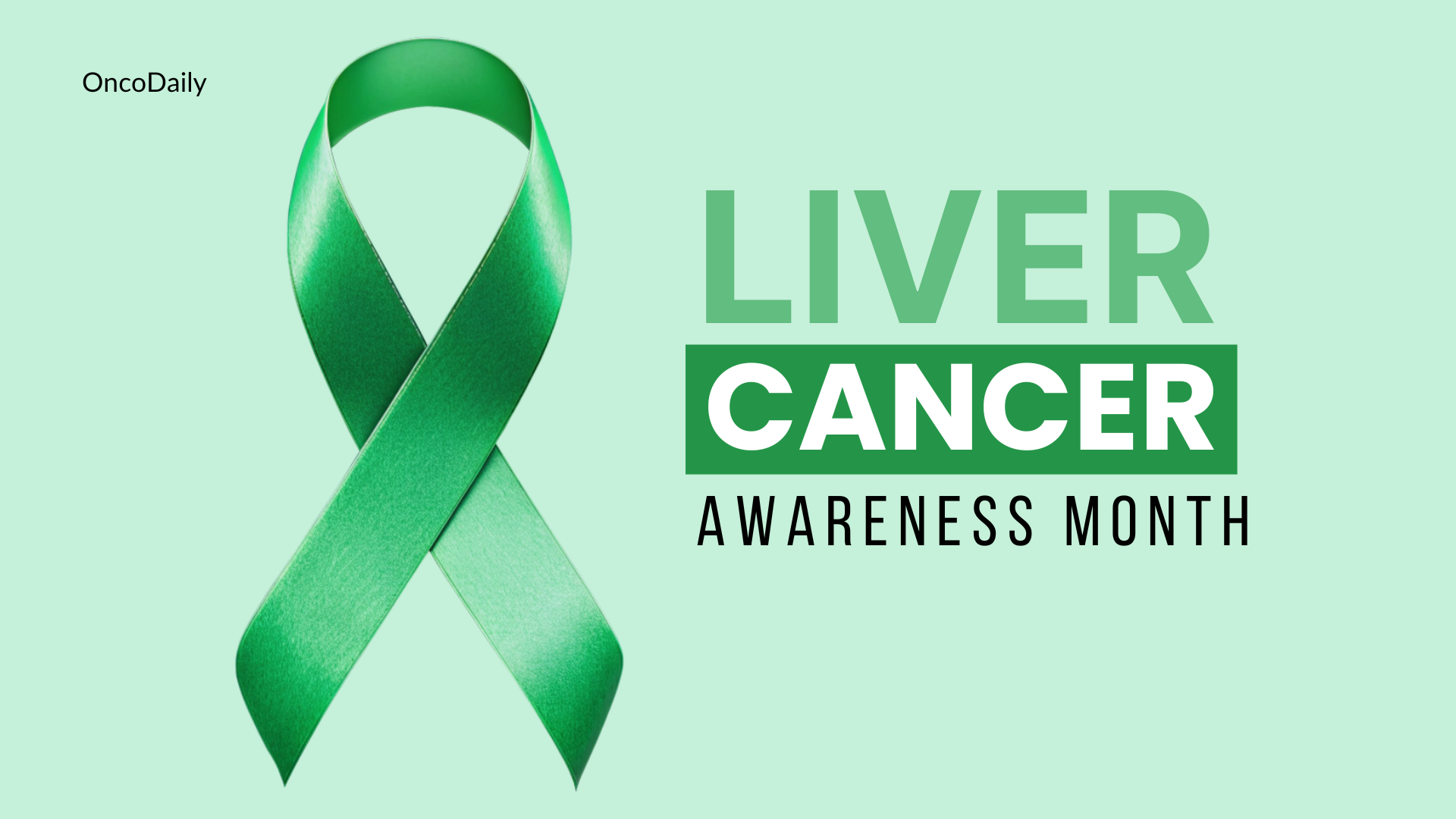October is Liver Cancer Awareness Month, a time to spotlight a disease that often develops quietly but carries devastating consequences when diagnosed late. Unlike some other cancers that may present with clear early signs, liver cancer is frequently discovered at advanced stages, making awareness, prevention, and timely detection especially vital. As global cancer trends evolve, liver cancer remains among the leading causes of cancer death, yet it receives far less attention than many other malignancies. This month is an opportunity to change that.
What is Liver Cancer?
Liver cancer arises when malignant cells form in the tissues of the liver, an organ essential for metabolism, detoxification, and digestion. The most common type is hepatocellular carcinoma (HCC), which originates in the liver’s main functional cells (hepatocytes). Other types include cholangiocarcinoma, developing in the bile ducts, and rare forms such as angiosarcoma or hepatoblastoma. Because the liver is central to so many bodily functions, cancers that affect it often progress rapidly and can be difficult to treat.
The Global Burden
The statistics surrounding liver cancer are stark. According to the World Health Organization, it ranks as the third leading cause of cancer death worldwide, responsible for over 830,000 deaths annually. Each year, more than 900,000 people are diagnosed, with incidence steadily rising in many regions. Unlike breast or prostate cancer, where incidence is higher but mortality is improving, liver cancer has one of the lowest survival rates. In fact, the 5-year survival rate remains under 20% globally, reflecting late diagnosis and limited access to effective therapies.
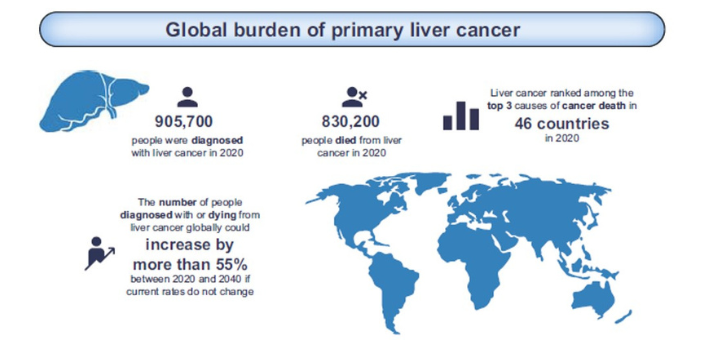
Geography plays a striking role in the liver cancer story. Rates are highest in East and Southeast Asia and sub-Saharan Africa, where chronic hepatitis B infection is a major driver. In Western countries, incidence has been increasing due to rising cases of non-alcoholic fatty liver disease (NAFLD), often linked to obesity and diabetes, alongside hepatitis C infection and excessive alcohol consumption. These patterns show how liver cancer is deeply tied to both infectious disease burden and lifestyle trends.
Who is Most at Risk?
Liver cancer disproportionately affects men, with rates two to three times higher than in women. The majority of cases develop in people with chronic liver disease or cirrhosis, whether due to viral hepatitis, alcohol-related damage, or metabolic syndrome. Other risk factors include long-term exposure to aflatoxins (toxins produced by certain fungi in improperly stored grains or nuts), smoking, and family history. Increasingly, metabolic conditions such as obesity, insulin resistance, and fatty liver disease are becoming leading drivers in higher-income countries.
Why Awareness Matters
What makes liver cancer particularly dangerous is its tendency to remain “silent” in its early stages. Symptoms, such as abdominal pain, weight loss, jaundice, or swelling, often appear only once the disease has advanced. This late presentation is one reason survival rates remain so poor. Raising awareness about risk factors and ensuring that high-risk individuals undergo regular monitoring can make the difference between catching liver cancer at a curable stage and diagnosing it too late for effective intervention.
Early Detection and Prevention
Unlike some other cancers, there are no population-wide screening programs for liver cancer. Instead, surveillance is targeted at those known to be at higher risk, such as individuals with chronic hepatitis B or cirrhosis. Regular ultrasound exams, often combined with blood tests for alpha-fetoprotein (AFP), are recommended every six months in these groups. Such surveillance has been shown to improve survival by detecting tumors earlier, when surgery or ablation is still possible.
Prevention remains equally crucial. Vaccination against hepatitis B has already proven one of the most effective tools in reducing liver cancer incidence globally, particularly in countries where the virus is endemic. For hepatitis C, the advent of highly effective antiviral therapies offers the chance to reduce future liver cancer cases dramatically. Meanwhile, public health measures targeting alcohol misuse, obesity, and metabolic disorders are essential in addressing the rising tide of non-viral liver cancers.
Moving Forward
Liver Cancer Awareness Month reminds us that while progress has been made in prevention and treatment, much work lies ahead. From increasing access to hepatitis vaccination and antiviral therapies, to raising awareness about lifestyle risks and ensuring regular monitoring for high-risk individuals, every step matters. At the policy level, stronger investment in screening infrastructure and equitable access to therapies, including liver transplantation and innovative immunotherapies, are needed to close the survival gap.
By breaking the silence around liver cancer, we can help shift outcomes from late-stage diagnosis to earlier, life-saving intervention. October is not just a month of awareness, but a call to action to address one of the world’s deadliest yet most preventable cancers.
A retrospective look of what people and oncology influencers on social media have shared about liver cancer awareness month in 2024.
Read more articles featuring liver cancer on Oncodaily website here.
Written by Sergey Badalyan, MD
